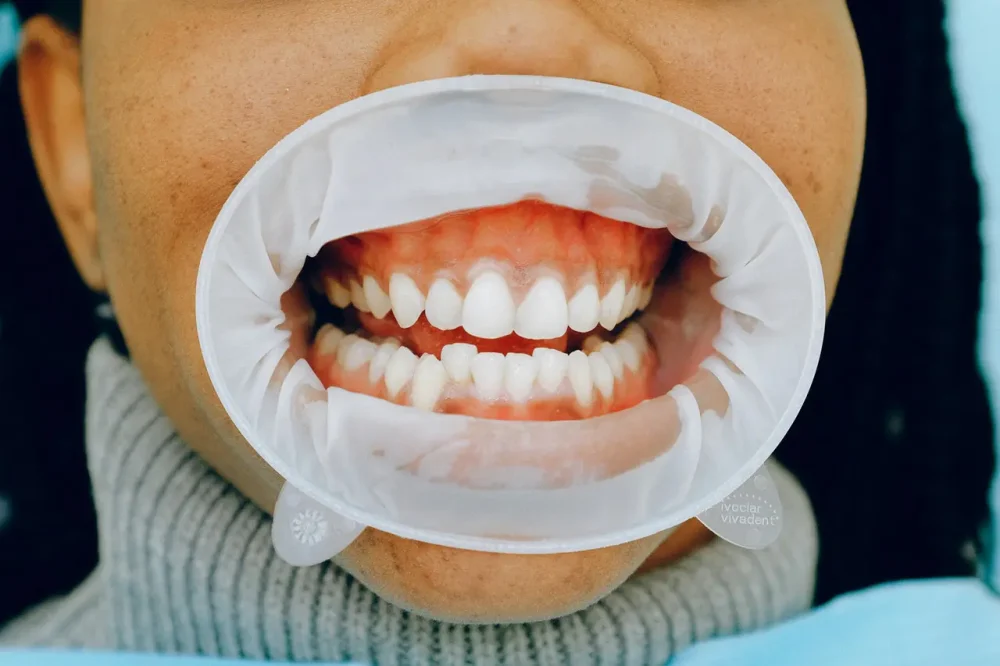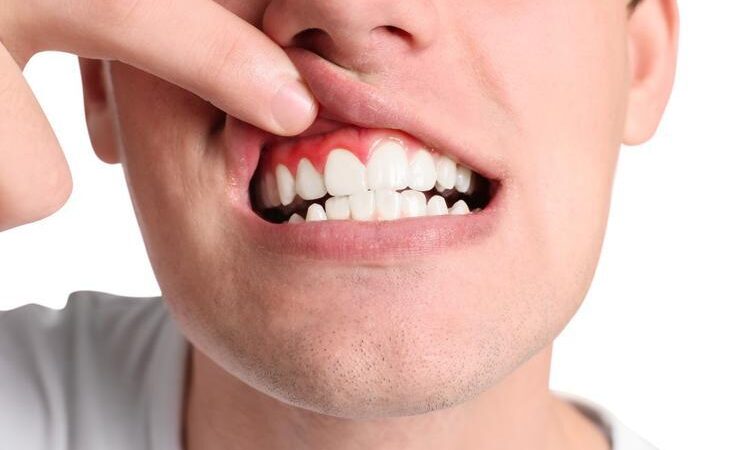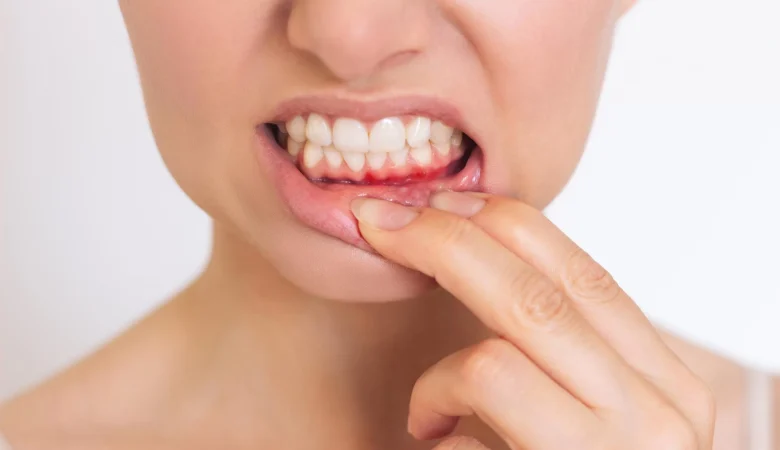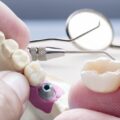Healthy gums not only look aesthetic, they also act as a foundation for healthy teeth. If the gums are healthy, they cover the jawbone, lie close to the necks of the teeth like a firm collar and offer the teeth a firm hold in the dentition. It also protects the sensitive necks of the teeth and the periodontium from the penetration of harmful bacteria.
Why healthy gums are so important: The consequences of poor gum care
A common consequence of poor gum care is gum inflammation. If this is caused by bacteria, there is a risk of periodontitis – a chronic gum disease that also destroys the periodontium. A non-inflammatory gum recession, the so-called recession, also often occurs. The cause can be cleaning trauma. The gums gradually recede and expose the necks of the teeth. If such diseases are left untreated, gum recession can progress to such an extent that the teeth no longer have sufficient support in the jaw and, in the worst case, the teeth may fall out.
Rosy times: How to tell whether your gums are healthy
Healthy gums are firm, have a delicate pink color and surround the rows of teeth like a garland in a harmonious wave profile. It completely covers the tooth roots up to the beginning of the enamel as well as the spaces between the teeth and forms tight, rounded elevations (papillae) between the teeth that do not bleed when touched. The surface is speckled like orange peel.
This is how you can recognize healthy gums:
The color of the gums is light pink
It doesn’t bleed during normal dental care
The necks of the teeth don’t hurt
It’s not swollen
It sits firmly on the tooth and cannot be moved
The spaces between the teeth are covered with gums
The teeth no longer appear as they do when the gums recede
There is no bad breath in the mouth that is not due to diet
Do you see red? The signs of unhealthy gums
Unhealthy gums are often dark red, soft and swollen. It reacts sensitively to cold and hot foods or drinks. If your gums bleed quickly during normal teeth cleaning, this is a sign of inflammation inside the mouth. An unpleasant odor from the oral cavity can also be a symptom of gum disease. In general, it can be said that a change in the gums and teeth indicates a disturbance in the balance of the oral flora. Your dentist can determine which gum disease you have during a check-up.











